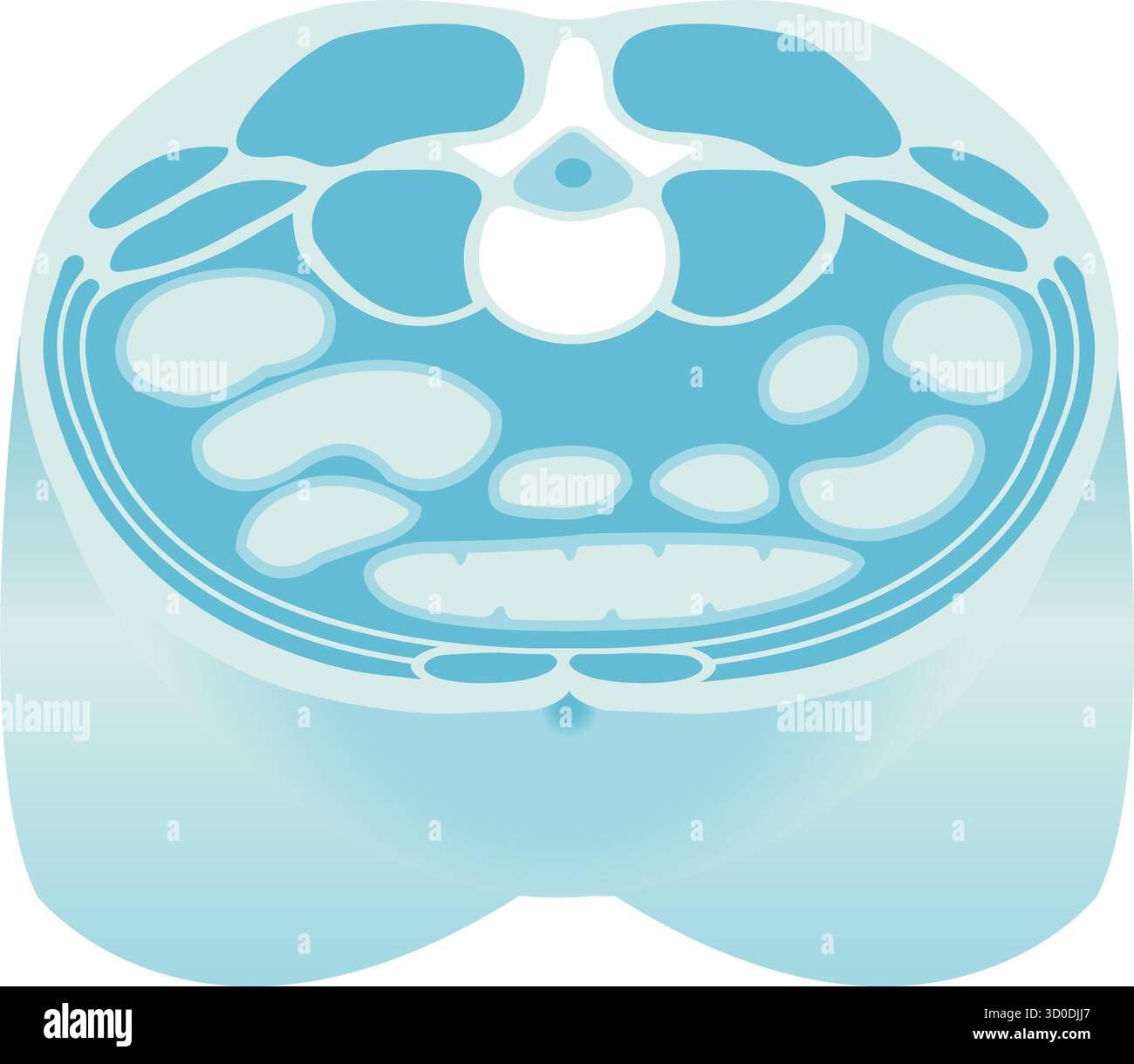The heart is a complex and vital organ, responsible for pumping blood throughout the body. One of the most common congenital defects of the heart is Atrial Septal Defect (ASD), a condition where there is an abnormal opening in the septum, the wall of tissue that separates the heart’s two upper chambers, known as the atria. This defect allows blood to flow between the left and right atria, which can lead to a range of symptoms and complications.
Understanding the Structure of the Heart
To comprehend the impact of ASD, it’s essential to understand the basic structure of the heart. The heart is composed of four chambers: the right and left atria, which receive blood returning to the heart, and the right and left ventricles, which pump blood out of the heart and into the circulatory system. The septum, a thin wall of tissue, separates the right and left sides of the heart, ensuring that blood flows in the correct direction.
Causes and Types of ASD
ASD can occur due to various factors, including genetic predisposition, viral infections during pregnancy, and exposure to certain substances. There are several types of ASD, classified based on their location and size:
- Secundum ASD: The most common type, accounting for approximately 70% of all ASD cases. This defect occurs in the middle part of the septum.
- Primum ASD: This type occurs in the lower part of the septum, near the tricuspid and mitral valves.
- Sinus Venosus ASD: A rare type, located in the upper part of the septum, near the superior vena cava.
- Coronary Sinus ASD: An extremely rare type, occurring in the wall of the coronary sinus, a small venous structure that collects blood from the heart muscle.
Symptoms and Diagnosis
Individuals with ASD may exhibit a range of symptoms, which can vary in severity and may not always be apparent. Common symptoms include:
- Shortness of breath or difficulty breathing
- Fatigue or tiredness
- Pale or blue-tinged skin (cyanosis)
- Swelling in the legs, ankles, or feet
- Rapid or irregular heartbeat
Diagnosing ASD typically involves a combination of physical examination, medical history, and diagnostic tests, such as:
- Echocardiogram: An ultrasound examination that uses sound waves to create images of the heart, allowing doctors to visualize the septal defect.
- Electrocardiogram (ECG): A test that measures the heart’s electrical activity, which can help detect abnormalities in heart rhythm.
- Chest X-ray: An imaging test that provides information about the heart’s size and shape.
- Cardiac catheterization: A procedure where a thin tube (catheter) is inserted into an artery or vein and guided to the heart, allowing doctors to measure blood pressure and oxygen levels.
Treatment and Management
Treatment for ASD depends on the size and location of the defect, as well as the individual’s overall health. In some cases, small ASDs may not require treatment, as they may close on their own or not cause significant symptoms. However, larger defects often require surgical or catheter-based interventions to prevent complications, such as:
- Surgical repair: An open-heart surgery where the defect is closed using a patch or by suturing the tissue.
- Transcatheter closure: A minimally invasive procedure where a catheter is used to deploy a device that closes the defect.
- Medications: In some cases, medications may be prescribed to manage symptoms, such as diuretics to reduce fluid buildup or anti-arrhythmic medications to regulate heart rhythm.
Complications and Prognosis
If left untreated, ASD can lead to serious complications, including:
- Pulmonary hypertension: High blood pressure in the lungs, which can cause shortness of breath, fatigue, and other symptoms.
- Heart failure: The heart becomes unable to pump enough blood to meet the body’s needs, leading to fatigue, swelling, and shortness of breath.
- Arrhythmias: Abnormal heart rhythms, which can increase the risk of stroke, heart failure, and other complications.
With proper treatment, individuals with ASD can lead active and normal lives. However, it’s essential to follow a healthy lifestyle, attend regular check-ups, and monitor for potential complications to ensure the best possible outcomes.
What are the symptoms of Atrial Septal Defect (ASD)?
+Symptoms of ASD can vary in severity and may include shortness of breath, fatigue, pale or blue-tinged skin, swelling in the legs, ankles, or feet, and rapid or irregular heartbeat.
How is ASD diagnosed?
+Diagnosing ASD typically involves a combination of physical examination, medical history, and diagnostic tests, such as echocardiogram, electrocardiogram (ECG), chest X-ray, and cardiac catheterization.
What are the treatment options for ASD?
+Treatment for ASD depends on the size and location of the defect, as well as the individual’s overall health. Options include surgical repair, transcatheter closure, and medications to manage symptoms.



